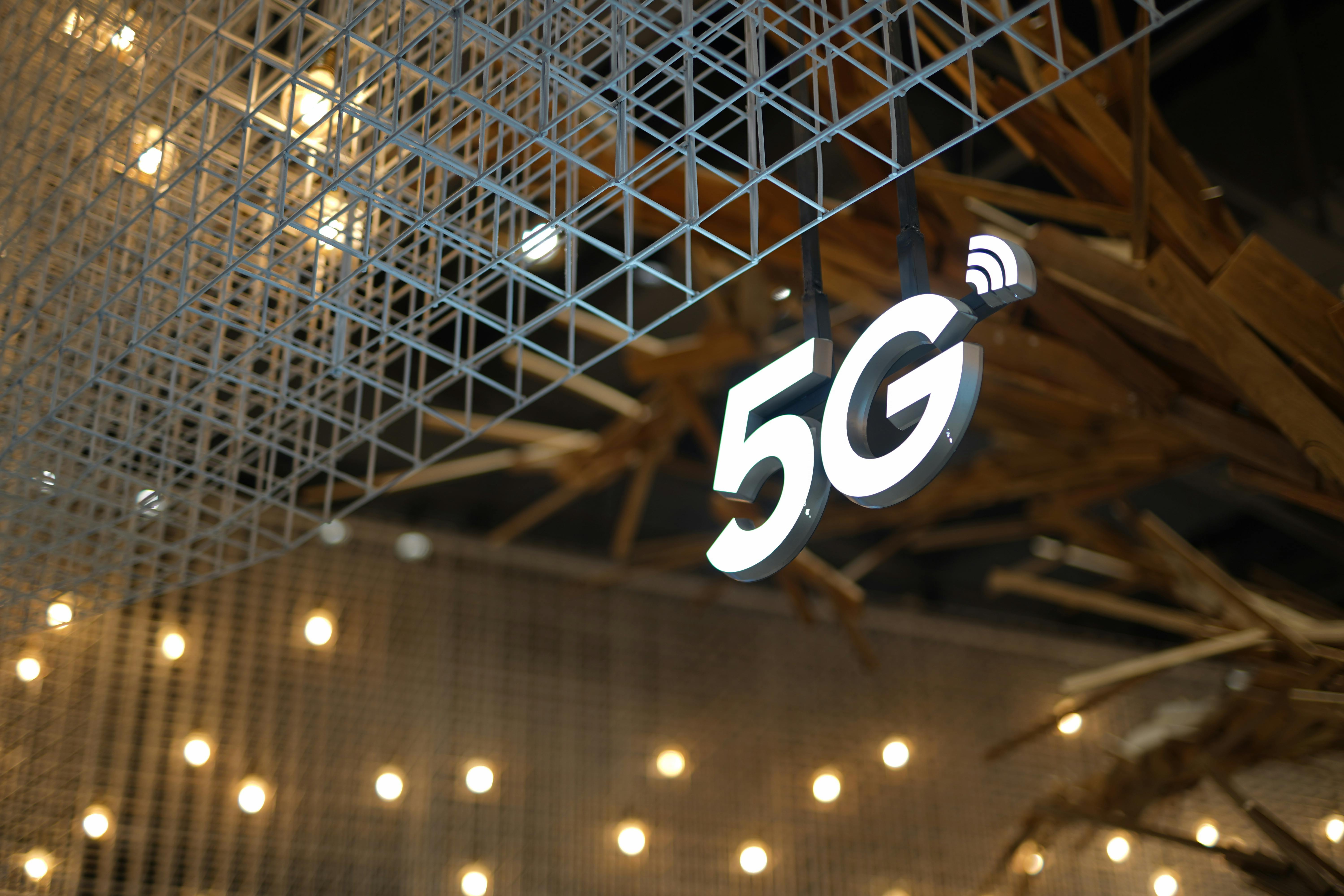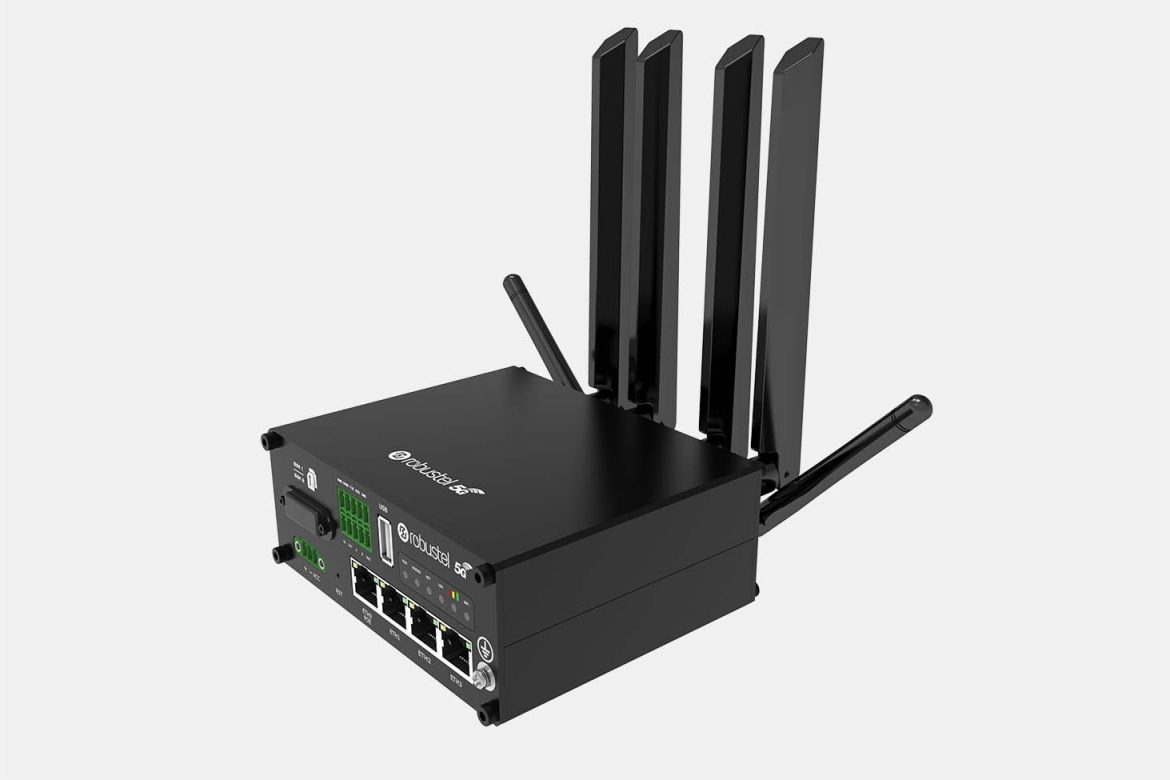Independent British political public policy think-tank the Social Market Foundation has released a new report ‘Growing Connections’ highlighting how the UK still has a while to go before achieving prevalent 5G mobile connectivity.
What’s the reason for this? The report claims that this is partly due to investment being unintentionally hindered by previous mobile telecoms policies. Solving this isn’t likely to be easy or straightforward.
Data from Ofcom earlier in the year (January 2024) revealed that 85-92% of UK premises can now get outdoor 5G coverage from at least one operator. When combining all operators, this figure for outdoor coverage drops to just 16-28%.
Ofcom doesn’t currently offer a figure for 5G geographic coverage, but we’d imagine that it would be quite a bit lower than the aforementioned 85-92%.
The new labour government has reiterated a previous pledge by the last in power where “all populated areas to be covered by ‘standalone’ 5G (5G-plus) by 2030.” Labour plan to follow through with a renewed push to achieve the ambition of full gigabit and national 5G coverage by 2030.
UK Trailing Many Countries When It Comes to Active 5G Connections
‘Growing Connections’, this new report from SMF, looks at crowdsourced data from Opensignal in 2023, which showed that 5G availability and the amount of time users spent with an active 5G connection, found that the UK was trailing behind many other countries.
Did you know that UK mobile users have access to 5G around only 10% of the time? In comparison, other countries show figures of:
- India (43%)
- South Korea (38%)
- France (20.6%)
- Italy (17.9%)
Further data from Opensignal was used in the report, looking at the analysis of international 5G download speeds. The UK, again, is amongst the slowest, with a score of 111Mbps. That might not sound too awful, but when compared to some other countries (like 133Mbps in Italy and a whopping 437Mbps in South Korea) it finds the UK lacking.
The UK was one of the first countries to start rolling 5G technology out, so it is rather disappointing to see that we are considerably behind other countries.
Furthermore, the SMF report also highlights how findings from another study had shown that, by 2035, “widespread availability and use of 5G could add £159 billion to the UK economy“. That’s a big thing to potentially miss out on.
But let’s remember that the world doesn’t yet revolve around 5G. Predictions such as this should be taken carefully, especially as we have good 4G services that do deliver many of the benefits we’ll get from 5G.
So What Went Wrong for the UK When Starting the Deployment of 5G?
Previous Mobile Telecom Policies
As we touched on earlier, the report mentions investment being hindered unintentionally by some policies in the mobile telecoms sector. We found it surprising that the report didn’t specifically mention the decision to ban Huawei after the beginning of the rollout, which set the deployment plans back with a pretty significant blow to mobile operators.
Mobile Spectrum and Investment
The report does instead discuss the approach to spectrum by the Government and Ofcom, looking at the associated high costs involved with accessing and using mobile spectrum alongside the shortness of spectrum licences that are awarded. This in turn then deters the ‘very long-term investment’ and makes it ‘less useful as an asset.’
Slow Release of Spectrum Bands by Ofcom
Ofcom has also been slow to release more spectrum bands for 5G. Other countries around the world have had access to mmWave bands for years, yet here we are in the UK still waiting for mobile operators to have this same access.
Cost Cutting Exercises Result in Less Land for Infrastructure
The SMF report mentions how making it cheaper for Mobile Operators to operate mobile masts (ie. cutting the costs of building infrastructure) has actually resulted more land disputes between landowners and builders, less land being supplied for said infrastructure and an increase in expensive litigation.
Planning System Delays
Delays in the planning system have been well documented, with objections to new masts from the public and the reluctance to resolve these causing complex situations.
The roll-out of better broadband and mobile networks – especially those in remote, rural, hard to reach areas – Must be supported by those in powerful positions. There needs to be a balance.
Mobile Operator Mergers
Another limiting factor to investment is the low level of profitability for mobile networks. The SMF report looks at the encouragement of consolidation and mergers (such as that of Vodafone and Three UK), but the evidence of the success of this is a mixed bag.
The CMA (competition watchdog) have noted that whilst mergers will reduce competition between operators, it could also cause a hike in prices for consumers. Apparently there are negotiations taking place to try and address this potential issue.
Report Supporters
It’s important to note that the SMF report was supported by APWireless – A company viewed by operators as being a land aggregator. They seem to adopt a lease premium model that would involve buying out the expiring leases from landowners and then charging a higher cost to mobile operators for that same land lease.
A company with a business model such as this would perhaps not welcome the possible plans from the government looking to reform the Electronic Communications Code. This code governs land and property access.
What’s the conclusion for UK 5G deployment weaknesses?
Whilst the report is a high level summary of the current problems facing the UK rollout of 5G, it doesn’t go as far as making suggestions or recommendations of what to do about it.
It is also potentially influenced by the perception of a company with a vested interest in the areas being discussed. It certainly makes an interesting read, with the added opportunity to flex your critical thinking skills.






